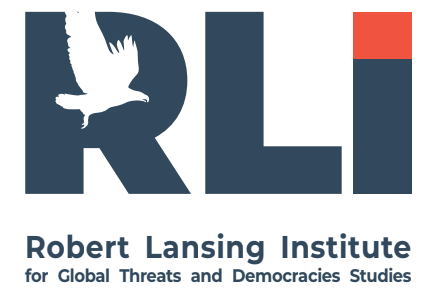Intense fighting along the long‐contested Afghanistan–Pakistan frontier broke out in October 2025, marking the worst conflict between the two countries since the Taliban takeover in 2021. Islamabad accused Kabul of harboring militant groups (notably the Tehrik-e-Taliban Pakistan, TTP) that stepped up attacks in Pakistan; Kabul denied this and blamed Pakistan for cross-border strikes on Afghan territory. The immediate flashpoint was a round of Pakistani airstrikes on Taliban-held areas – including Kabul and Kandahar on October 9–11, reportedly targeting TTP leadership – which provoked Taliban forces to retaliate against Pakistani border posts. These exchanges of fire quickly spiraled into a broader crisis over underlying disputes of sovereignty, border control, and competing security interests.
Reasons for Conflict
Pakistan’s leadership has blamed an upsurge of terrorist attacks at home on Afghan-based militants. Islamabad repeatedly demanded that the Taliban “rein in” TTP cadres hiding in Afghanistan, but the Taliban government has denied that such groups have any operational presence on Afghan soil. In October 2025, Pakistani officials claimed to have carried out cross-border air strikes in Kabul and Kandahar targeting TTP commanders. The Taliban responded by attacking Pakistani posts on the Durand Line, saying these strikes violated Afghan sovereignty. Both sides then traded artillery and drone fire along the frontier. Each government accused the other of precipitating the clash: Pakistan said it was “out of patience” after militant bombings at home (many blamed on the Afghan Taliban-aligned TTP), while the Taliban accused Pakistan’s military of spreading misinformation, provoking tensions, and even sheltering Islamic State (ISKP) fighters to undermine Afghanistan.
Beyond these immediate triggers, deeper structural drivers include long-standing mistrust and rival territorial claims. Pakistan inherited the 2,670‑km Durand Line from British India in 1947, but successive Afghan regimes (including the Taliban) have rejected this colonial boundary as illegitimate. The line bisects Pashtun tribal lands, and Islamabad’s moves to fence and fortify it have been repeatedly challenged by Afghan authorities. The insurgency dynamic is also deeply rooted: Pakistan helped create the Taliban in the 1980s–’90s and maintained complex ties with it, but those links unraveled after 2001. When the U.S. withdrew in 2021 and the Taliban returned to power, Islamabad initially welcomed them; however, a huge spike in Pakistan’s own militant attacks (some 2,400 Pakistani fatalities by fall 2025) was largely blamed on TTP fighters reportedly exiled in Afghanist an Islamabad’s frustration over this “Taliban haven” has steadily grown, contributing to a new security calculus. Thus, long-term grievances – historic border disputes and divergent expectations from the Taliban government – combined with the surge in cross-border militancy, to ignite the 2025 clashes.
Historical Background
The Afghanistan–Pakistan relationship has been fraught since Pakistan’s creation in 1947. From its inception, Pakistan’s eastern Pashtun areas were historically part of Afghan spheres of influence. Afghan leaders have traditionally disputed the Durand Line (drawn in 1893 by the British) and even laid claim to Pakistani Pashtun territories as “Pashtunistan”. For decades Pakistan accepted the Durand Line as its international border, but Afghan governments – including the Taliban – have called it a “colonial relic” that splits their ethnic kin. In recent years this dispute has manifested in frequent incidents: Islamabad built a border fence which Afghan guards sometimes tore down, and each side accuses the other of encroachments.
During the 1990s, Pakistan’s Inter-Services Intelligence (ISI) was a key backer of the Taliban (one of only three countries to recognize the first Taliban regime). In 2001 Pakistan backed the U.S.-led ouster of the Taliban, but continued to pursue a contradictory “double game” – officially allied with the U.S., covertly tolerating anti-Kabul groups on its soil. After 2014, Pakistan focused on domestic campaigns against the Pakistani Taliban (TTP) in its Pashtun belt; many militants fled across the border. These cross-border dynamics sparked skirmishes over the years. For example, in 2017 Afghan forces and Pakistani troops briefly exchanged fire when a Pakistani census team was mistakenly fired on in Chaman, and again in 2018 when Pakistani forces shelled Afghan positions following attacks by militants. Separatist violence in Pakistan’s Balochistan province (home to Gwadar Port and CPEC projects) has also targeted the Durand Line regions – Islamist outfits and Baloch insurgents alike have struck Pakistani forces and Chinese-linked sites, further straining ties.
In sum, the border and security issues have deep roots: the Durand Line dispute, ethnic Pashtun-nationalism, post-9/11 insurgencies, and Pakistan’s changing role vis-à-vis Afghan militants. By 2025 these old fault lines were amplified by a new phase of border warfare between Islamabad and Kabul.
Key State and Non-State Actors
- Islamabad and the Pakistani Military/ISI: Pakistan’s security establishment (army, intelligence, and paramilitary Frontier Corps) is leading the response. The Army Chief and Defense Minister have publicly vowed to defend Pakistani territory and eliminate cross-border threats. Pakistani officials accuse militant groups of acting as part of an “Indian agenda” to destabilize Pakistan, and they have mobilized ground forces and conducted aerial raids to counter perceived sanctuaries.
- Taliban Authorities (Islamic Emirate of Afghanistan): The Taliban government (with key figures like Interior Minister Sirajuddin Haqqani) controls Afghan territory. Taliban spokesmen insist on sovereignty – calling TTP a “domestic issue” for Pakistan to solve – and have refused demands to crack down on TTP. In public statements, the Taliban leadership has alternated between offering mediation and denouncing Pakistani strikes as “aggression”. Hard-line elements within the Taliban (in Kandahar) may sympathize with cross-border Islamists, limiting the government’s ability to appease Pakistan.
- Tehrik-e-Taliban Pakistan (TTP, “Pakistani Taliban”): An Islamist guerrilla insurgent group composed of Pakistani militants (mostly Pashtun from the former FATA). The TTP seeks to overthrow Pakistan’s government and impose strict Sharia in Pakistan. It has pledged allegiance to the Afghan Taliban’s leader and is believed to enjoy safe haven in border regions of Afghanistan. TTP leaders (e.g. Noor Wali Mehsud) became targets of Pakistani counter-attacks (including a reported airstrike in Kabul). The group has launched some of Pakistan’s deadliest attacks (e.g. the 2014 Peshawar school massacre) and has been blamed for an unprecedented spike in violence in 2024–25.
- Baloch Separatist Militants (e.g. BLA): Insurgent groups like the Balochistan Liberation Army (BLA) aim for autonomy or independence in Pakistan’s Balochistan. They have struck military and civilian targets (including security forces and Chinese-linked projects). In mid-2025, a suicide bombing near the Pakistani Frontier Corps headquarters in Quetta killed ten. These attacks increased Pakistan’s security concerns in the west; Islamabad has linked some such incidents to retaliation against its border strikes.
- Islamic State – Khorasan Province (ISKP): The regional affiliate of ISIS, ISKP has a foothold in eastern Afghanistan. Its fighters are enemies of both the Taliban and Pakistan’s militants. Though smaller than the TTP, ISKP’s presence adds complexity: Afghan officials have hinted that some ISKP elements may have ties or operate across the border, leading to mutual accusations. For example, the Taliban claimed Pakistan was “sheltering ISIS-linked militants” to destabilize Afghanistan, while Pakistan similarly accuses Kabul of allowing extremists to roam.
- Others: A variety of local militias and extremist outfits (e.g. Lashkar-e-Islam in Khyber, various religious hardliners) exist along the frontier, but none have been as prominent as the TTP and BLA in the 2025 clashes. In Pakistan’s domestic politics, the Pashtun rights movement (PTM) and former politicians (like jailed Imran Khan) view the conflict through a nationalist lens, though they played no direct role in the fighting.
In sum, the conflict pitted state forces (Pakistani Army, Frontier Corps, Taliban forces) against each other, each accusing the other of enabling non-state armed groups (TTP, BLA, ISKP, etc.). Each actor has clear objectives: Pakistan aims to secure its borders and crush anti-state militants; the Taliban government seeks to assert sovereignty and maintain its alliance with Islamist groups; the militants pursue their ideological and separatist agendas on both sides of the Durand Line.
Foreign and International Involvement
Several regional and global powers have weighed in on the crisis:
- China: As Afghanistan and Pakistan’s powerful neighbor, China has major investments at stake (including CPEC and Afghan mining). Beijing publicly urged restraint and offered to mediate. The Chinese Foreign Ministry expressed “concern” over the clashes and asked both sides to protect Chinese nationals and projects. In prior months China had convened talks in Kabul and Beijing aimed at improving ties. Chinese leaders emphasized dialogue and warned against conflict spillover.
- United States: The U.S. administration (under President Trump in 2025) watched closely. President Trump even commented on the crisis, saying “I hear there’s a war” and quipping that he could “solve” it easily. Officially the State Department quietly urged de-escalation (referencing counterterrorism dialogues) but avoided taking sides. Historically, the U.S. remains interested in Pakistan–Afghanistan stability, and U.S. officials had repeatedly pressed the Taliban to contain groups like ISIS-K and al Qaeda; this crisis complicated Washington’s regional counterterrorism stance.
- Iran: Iran shares long frontiers with both countries. Tehran quickly called for a diplomatic solution. The Iranian Foreign Minister (Abbas Araghchi) spoke by phone with Afghan and Pakistani counterparts, expressing “deep concern” and urging restraint. Iran’s official media (IP and NourNews) reported that Iran offered to help mediate and emphasized that Muslim neighbors should avoid conflict. Iran also raised related water-sharing issues (Helmand River), but stressed regional stability as a priority.
- Gulf and Arab mediators: Qatar and Saudi Arabia quickly intervened diplomatically. Doha brokered a 48-hour ceasefire and hosted Pakistani negotiators; a Qatari statement explicitly called for ending border tensions. Saudi Arabia joined Qatar in urging a ceasefire and, along with the UAE, appealed for peace. These Gulf states had cultivated ties with both Islamabad and the Taliban (e.g. Taliban leadership summer meetings in Riyadh).
- India: Pakistan’s government accused its regional rival India of instigating the crisis by supporting militants in Afghanistan. Pakistani officials pointed to Afghanistan’s rapprochement with India (in October 2025 Kabul upgraded ties with New Delhi) as evidence of an “India–Afghanistan nexus” against Pakistan. India denied interference, but its deepening ties with the Taliban regime (including ambassadorial exchanges) remained a sensitive issue for Islamabad.
- United Nations and NGOs: The UN played a humanitarian and peacekeeping role. UNAMA (the UN mission in Afghanistan) issued statements urging a “lasting end to hostilities” and compliance with international law to protect civilians. UNHCR (the UN refugee agency) raised alarms when Pakistan ordered closure of Afghan refugee camps, warning that up to two million Afghans in Pakistan could face “enormous” hardship if forced to return hastily. Humanitarian agencies also noted that fighting uprooted border communities and increased needs in already impoverished areas.
Collectively, these actors sought to reduce violence but had limited leverage. China and Iran emphasized dialogue; Qatar and Saudi hosted ceasefire talks; UN agencies called for humanitarian protection. The involvement of foreign powers underscored how the clash risked broader regional destabilization.
Impacts on Border Security and Regional Stability
. The clashes prompted an immediate securitization of the frontier. Pakistan shut its border crossings with Afghanistan (Torkham, Chaman and others) to all traffic when fighting intensified. Both militaries reinforced positions: Pakistan moved additional infantry and armor to the Durand Line, while the Taliban deployed more troops to Kandahar and Khost’s border zones. Checkpoints and patrols increased; drones and artillery were used to surveil the rugged border areas. This militarization slowed the flow of goods and people: Afghan traders and refugees were stranded as Islamabad imposed transit restrictions, citing security concerns.
Meanwhile, the security situation in Pakistan’s west remained fragile. Militants took advantage of the crisis: Pakistan reported that it had killed dozens of TTP fighters in separate operations during the border exchanges, but also suffered attacks. Within Pakistan, the government vowed to “safeguard its territory” and “take all possible measures” against insurgents. Nevertheless, the border war risked destabilizing Pakistan’s Khyber Pakhtunkhwa and Balochistan provinces. In late 2025 insurgent attacks continued, including a bombing in December that killed a Frontier Corps soldier in Khyber. Regional stability was further undermined by ongoing Baloch separatist violence: for example, in September a suicide blast in Quetta’s FC headquarters killed 10 security personnel. Such incidents threatened China-Pakistan projects (Gwadar port/CPEC), as Baloch groups explicitly aim to disrupt foreign investment.
The humanitarian and refugee impact was also severe. Pakistani officials ordered the closure of all Afghan refugee camps inside Pakistan in mid-October. UNHCR warned that this could strip 2 million Afghans (some born in Pakistan) of their status and livelihoods. On the Afghan side, hundreds of Pakistani villagers fled incursions near Chaman and Kharlachi as the fighting raged. Both governments accused the other of targeting civilians: UNAMA reported credible accounts of scores of civilian deaths (including women and children) just before a tentative truce. The border closure also halted humanitarian aid deliveries into Afghanistan through Pakistan.
Afghanistan–Pakistan Border Conflict (2025): Regional Security and Impact Brief
Security Implications: The October 2025 border war has dramatically heightened regional terrorism and insurgency concerns. Pakistan reports a sharp surge in attacks by militant groups like the TTP and BLA along its Afghan frontier – indeed, 2025 is already on track as the deadliest year yet. Islamabad accuses the Taliban of sheltering these fighters, prompting Pakistani cross-border strikes. Kabul rejects this, instead accusing Pakistan of spreading misinformation and even hosting IS-linked elements. This standoff has forced new counterterrorism alignment: Pakistan has pulled China and Iran into trilateral security talks and joint patrol plans, while China has hosted Afghan and Pakistani officials to negotiate reinforcements to anti-extremist cooperation. India and the Central Asian states are watching closely. Pakistan publicly blamed India for “inciting” the Taliban offensive, while India has quietly courted the new Kabul regime (upgrading its embassy, providing humanitarian aid). China has offered to extend its Belt and Road investments into Afghanistan (via CPEC) only if Kabul helps stabilize the border, and has called on the Taliban to honor counterterrorism commitment s. Iran has also stepped up security ties with Pakistan; Iranian generals visited Islamabad to plan joint operations against Baloch and ISIS-K militants supposedly using Afghan havens. In sum, the fighting has turned the Afghan-Pakistan frontier into a flashpoint for wider counterterrorism efforts, involving China, Iran, and even the SCO regional grouping.
. The violence reflects deepening cross-border insurgency: Pakistan’s military reports dozens of its soldiers killed and hundreds of militants neutralized in recent skirmishes. Pakistani leaders have vowed a tough new stance – mirroring India’s approach after the April Kashmir attacks – essentially warning the Taliban that future terrorists on Pakistan’s soil will be punished by strikes inside Afghanistan. This security spiral has also complicated Afghanistan’s own fight against IS-Khorasan: Kabul must now balance its crackdowns on jihadis with the imperative not to provoke Pakistan further. In practice, Afghan and Pakistani intelligence services have restarted dialogue (often facilitated by China and Turkey), but mutual distrust remains high.
Political and Diplomatic Fallout
The border war has upended regional alliances. Pakistan’s ties with India are the most visibly strained – Islamabad’s leaders openly blamed New Delhi for “fueling” the conflict. This accusation came on the heels of a landmark India–Taliban rapprochement: just days before the clashes, India hosted Afghanistan’s Taliban foreign minister (Shahabulal Jihad Muttaqi) in New Delhi and announced an embassy upgrade. Pakistan saw that visit as a provocation. Meanwhile, China has maneuvered as a mediator: Beijing convened trilateral talks in August 2025 between Pakistani, Afghan, and Chinese ministers – dangling Chinese investment (CPEC expansion) to encourage calm. China also hosts the September 2025 SCO summit, bringing together Pakistan, India, Iran and Central Asian leaders, and is expected to push a resolution urging anti-terror cooperation. Iran has quietly kept an open channel with Kabul (even hosting a Taliban delegation on water and trade issues) while reinforcing ties with Islamabad against shared threats. Among Gulf states, Qatar and Turkey played active diplomatic roles – brokering the recent ceasefire in Doha – reflecting their interest in a stable Afghanistan. Saudi Arabia and the UAE have largely encouraged dialogue, even as they continue modest Afghan reconstruction aid, preferring to avoid taking sides.
Overall, two rival blocs seem to be emerging. Pakistan is moving closer to China and Iran (reinforcing the trilateral security axis) while viewing India and, to a lesser extent, the Gulf as aligned with its adversaries. Afghanistan’s Taliban government, by contrast, is growing closer to India (for development aid and diplomatic backing) and still cultivated by China (for investment) – although it must tread carefully not to alienate Iran. This dynamic risks a broader polarization: India and Pakistan, already nuclear-armed rivals, are now facing off on Afghan turf, raising the spectre of a wider regional confrontation if either side miscalculates.
Economic Consequences
The fighting has severely disrupted trade and commerce across South and Central Asia. Pakistan promptly sealed its Afghan border: besides military clashes, Islamabad blocked all transit traffic to Afghanistan. Key crossings in Chaman (south) and Torkham (north) remain closed for general trade. (Chaman was temporarily reopened only to allow Afghan refugees to leave Pakistan.) According to officials, these closures have left thousands of trucks, cars, and people stranded for days. Afghan businesses dependent on Pakistani ports and dry ports are reporting acute losses: one Afghan trader told AP his livelihood “was destroyed overnight,” urgently pleading with both governments to “open the gate for trade”. Pakistan has also halted many exports to Afghanistan. Overall, Afghan trade via Pakistan – its main supply route – has collapsed, deepening shortages of fuel, food and medicines. As one analyst notes, cutting these economic ties deals “a serious blow to the already devastated Afghan economy”.
Chinese and Gulf investors are also feeling the chill. China’s multi‑billion dollar CPEC (China–Pakistan Economic Corridor) project was explicitly tied to stability: in August 2025, Beijing agreed to help link CPEC into Afghanistan in exchange for Islamabad convincing Kabul to curb terror. That initiative is now on hold. Chinese companies eyeing Afghan mining or oil concessions have paused work amid the uncertainty. Gulf interests – for example, planned Qatari and Emirati investments in Afghan infrastructure – are likewise at risk if fighting resumes. In sum, both Af-Pak economies face a sharp downturn: border tensions have disrupted commerce and triggered capital flight, exactly as regional integration was just beginning to take hold.
Humanitarian and Migration Effects
The border conflict has inflicted a serious humanitarian toll and intensified Afghanistan’s displacement crisis. UN monitors report dozens of civilian deaths from the October clashes. UNAMA confirmed credible reports of over 40 Afghan civilians killed and hundreds wounded, mostly women and children, in one week of fighting. Local officials in Kandahar alone tallied about 40 dead and 170 injured in Spin Boldak district. On the Pakistani side, several soldiers and at least a few civilians died under rocket and mortar fire. The violence has prompted waves of internal flight: border villagers “were afraid and left their homes”, and thousands of refugees and migrant workers are now seeking safety.
The situation has compounded an already acute Afghan refugee crisis. Pakistan has ordered all Afghan refugee camps closed on short notice. UN agencies have expressed “deep concern” that stripping people of refugee status (after decades in Pakistan) could trigger a massive humanitarian emergency. An estimated 2 million Afghan refugees have lived in Pakistan through previous wars; being told to leave within days puts many in “a very difficult predicament”. In fact, Pakistan’s campaign to deport Afghan migrants has been underway for some time – government officials report “tens of thousands” sent back and even millions slated for repatriation due to rising attacks blamed on undocumented Afghans. The October ceasefire allowed only a brief window to rush Afghans home via Chaman. Humanitarian agencies warn that this conflation of conflict and forced returns could create a refugee crisis on unprecedented scale: congested border camps, a stalled economy in Afghanistan to absorb returnees, and large refugee populations (especially women and children) suddenly in need of aid. Pakistan’s own relief system – strained already by floods and internal displacement – may buckle under the influx.
Future Scenarios
Looking ahead, analysts see two broad trajectories. Escalation scenario:
If ceasefire breaks down, the Afghanistan–Pakistan conflict could spiral. Islamabad has made clear it will not tolerate further cross‑border attacks. Security experts warn that continued TTP strikes from Afghan sanctuaries would “force Islamabad to act” and could provoke Pakistan into deeper air or ground strikes against Taliban positions. Such a confrontation risks drawing in outside powers. India, which still casts a wary eye on Pakistan, would almost certainly protest any Pakistani escalation and might bolster its own Afghan ties as countermeasure. The US and EU – while officially disengaged – could be drawn back into mediation or even clandestine military support (e.g. intelligence sharing) to prevent a wider Sunni-Shia or NATO-sphere crisis. A worst-case outcome would be a new Afghanistan–Pakistan war, endangering regional stability and potentially impacting nuclear deterrence (though both sides currently say they want to avoid “full-scale war”).
De‑escalation scenario: The ceasefire is fragile but there are glimmers of a diplomatic pause. Both militaries claim to have respected recent truces, and Pakistan publicly credited Qatar and Turkey for the latest 48-hour truce. If the Taliban administration can curb at least some TTP elements, international mediators may press for a more lasting arrangement. Analysts note Islamabad is trying to enforce a “new normal” – essentially signaling any future attack from Afghan soil will be met by retaliation – but if this posture succeeds in deterring cross-border raids, it could open space for negotiations. China or the UN might oversee talks on border security cooperation, possibly tied to economic incentives (e.g. restarting CPEC funds or international aid to Afghanistan). Even in this best-case, relations will be deeply strained: Pakistan is likely to keep an ambassador in Kabul but will remain wary of India-Afghanistan ties, while the Taliban will seek more ties with all neighbors to show it can be a responsible partner. In any scenario, the conflict’s fallout will shape South Asian geopolitics. For now, the region remains on edge: an Afghan Taliban that cannot control militancy risks its own legitimacy, and a Pakistan unable to defend its borders may lose public confidence. Stability may depend on whether external actors can help convert the current ceasefire into genuine counterterrorism cooperation – a tall order, but one that could avert a deeper crisis.
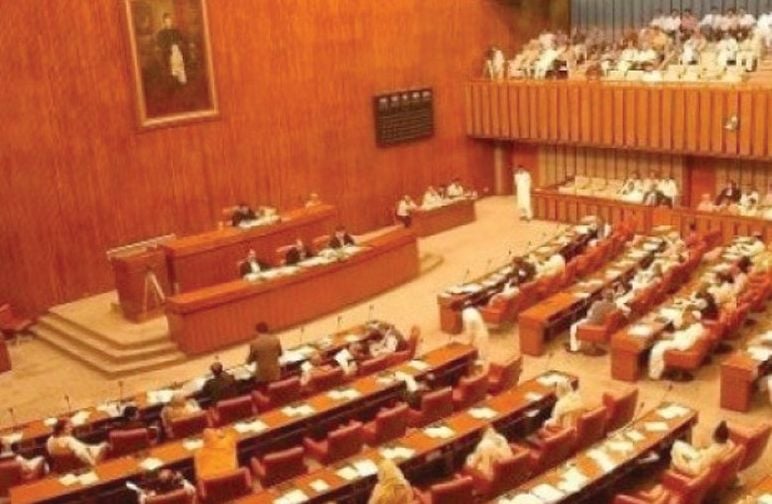
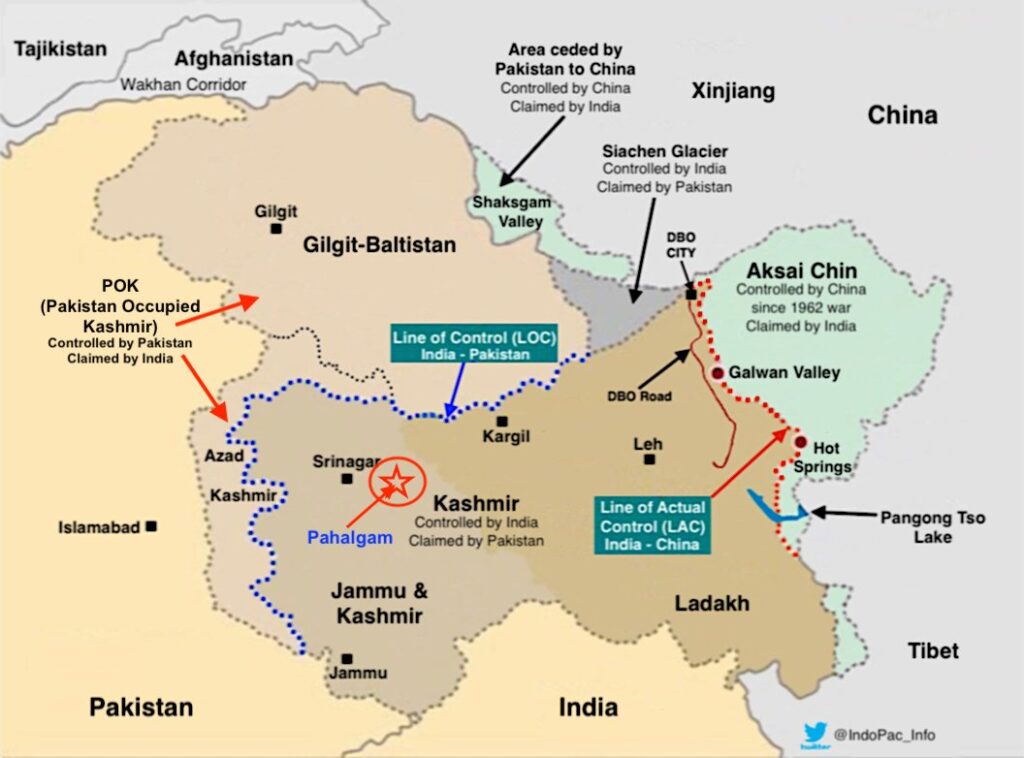
More on this story: Evaluating the Risk of Conflict Between Pakistan and India”
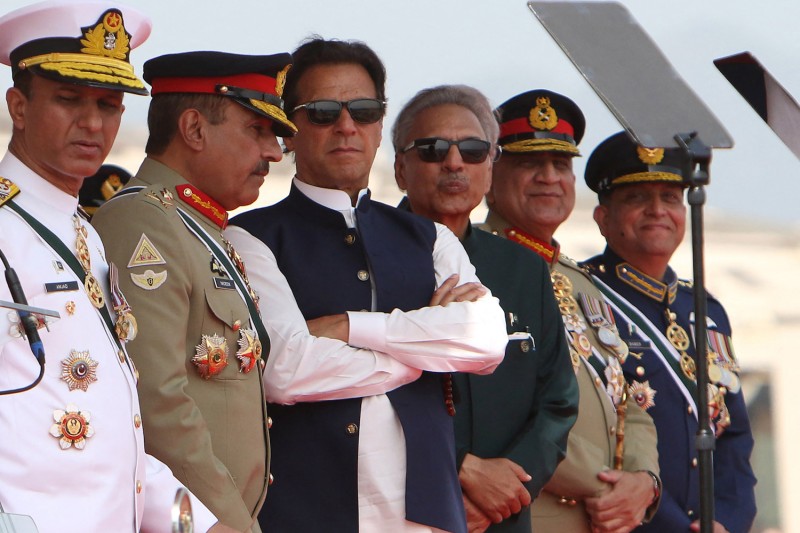
More on this story: Political turmoil in Pakistan: future scenarios
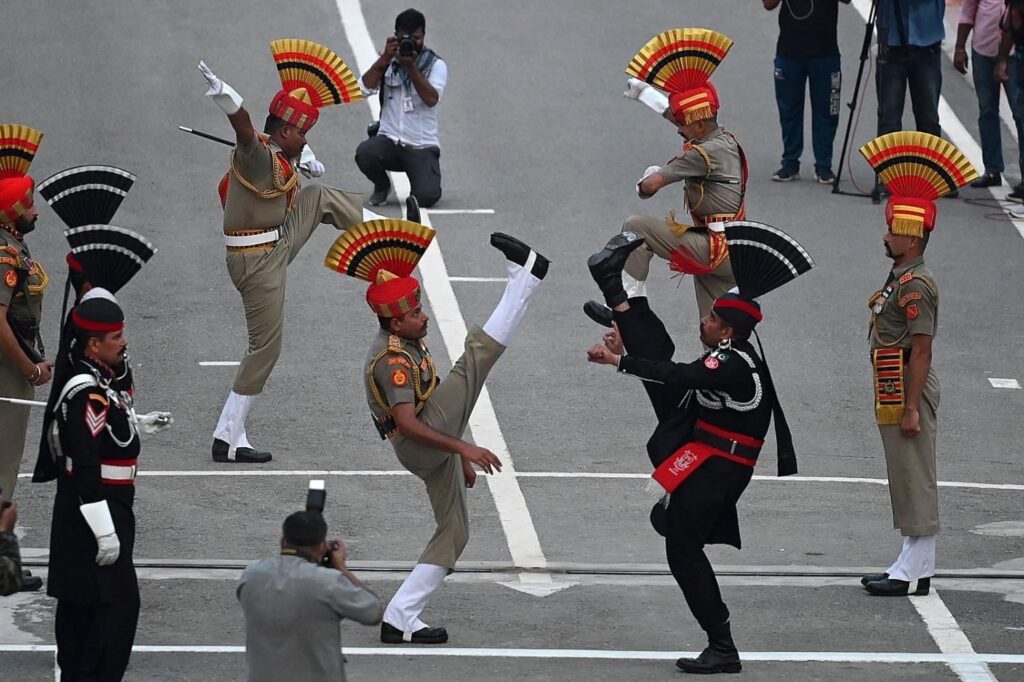
More on this story: After the Guns Fall Silent: Strategic Implications of the India–Pakistan War
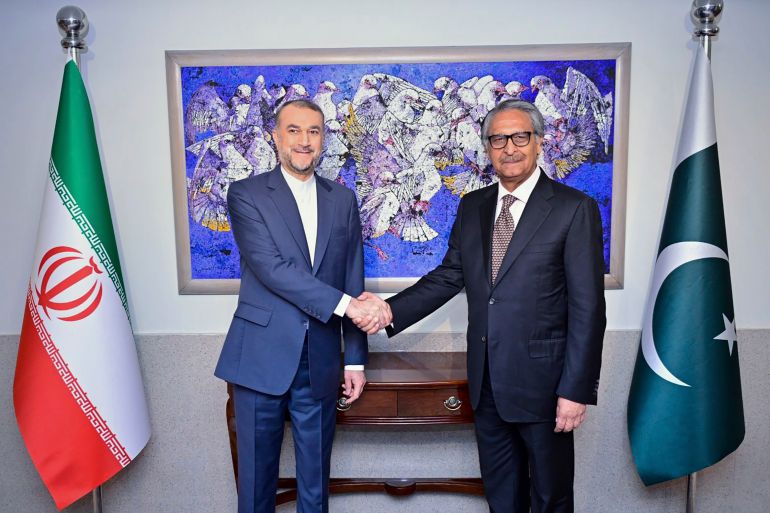
More on this story: Iran and Pakistan Conflict
